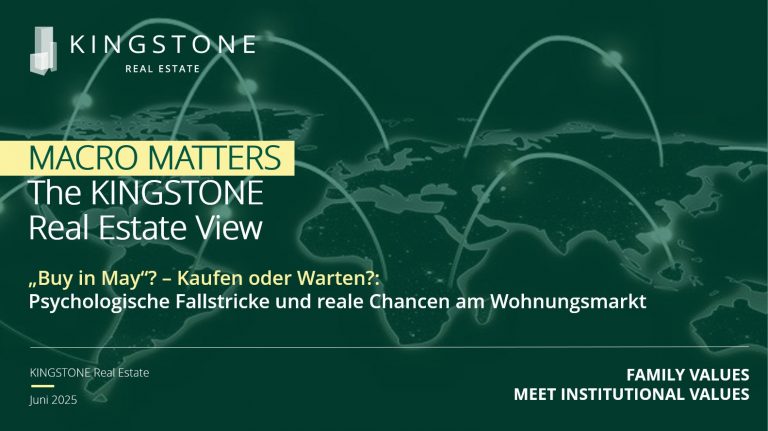SDFR category does not lead to clearly distinguishable return profiles
Investors who participate in a real estate fund with environmental or social characteristics in accordance with Article 8 of the EU Sustainable Finance Disclosure Regulation (SFDR) do not have to accept a loss of return compared to participating in a fund under Article 6 SFDR that does not have such characteristics. This is a key finding of a performance analysis of Article 8 and 6 funds conducted by REAX Advisory GmbH in cooperation with the RheinMain University of Applied Sciences, M.Sc. Real Estate course. As part of Lara Schweitzer’s master’s thesis, an extensive data set of real estate funds was subjected to both a statistical cross-sectional analysis and a time series analysis over the entire observation period. In addition, a historical comparison was made with the results of a study conducted by the consulting firm on this topic in 2023.
Across all evaluation approaches, a consistent picture emerged from the empirical results. Neither for the internal rate of return (IRR) nor for the distribution yield could there be any significant performance differences between the funds of the different SFDR categories. In individual phases of the fund’s life cycle, there were temporary differences in that the Article 8 funds reached break-even slightly earlier than the Article 6 funds and the returns of the Article 6 funds were somewhat higher than those of the Article 8 funds. However, both differences leveled out in the further course. With regard to the internal rate of return, the trend towards convergence of return paths, which had already been shown in the study conducted in 2023, could thus be observed again. The development of the distribution yield, which was additionally recorded for the first time in the current study, stabilised and increased for both fund categories as the term increased, with the stabilisation of Article 6 funds occurring somewhat earlier, while Article 8 funds also achieved similar and in some cases even higher distribution yields from the mid-term of the fund onwards.
Program director Professor Dr. Bernd Wieberneit, who accompanied the master’s thesis as a speaker, says: “Since the SFDR came into force, the question of possible yield losses for ESG-oriented financial products compared to products without ESG features has been discussed again and again and also controversially. The analyses now available are suitable as a contribution to the objectivity of the debate and can refute relevant fears.”
Annika Dylong, Managing Director of REAX Advisory, adds: “The results of the analysis show that there is no economic reason to abandon funds with ESG characteristics in accordance with Article 8 SFDR. However, it is important to note that the convergence of return trajectories may also indicate that the actual design of a fund with regard to ESG criteria may not be reflected in the SFDR category alone. It is quite possible that some fund providers launch products in a lower category than the one whose criteria they would actually meet. Reasons for this can be the avoidance of additional regulatory effort, stricter reporting obligations and potential liability risks.”






















